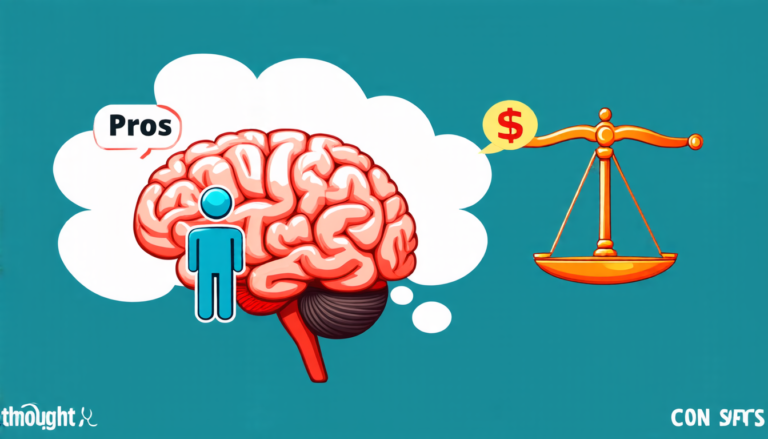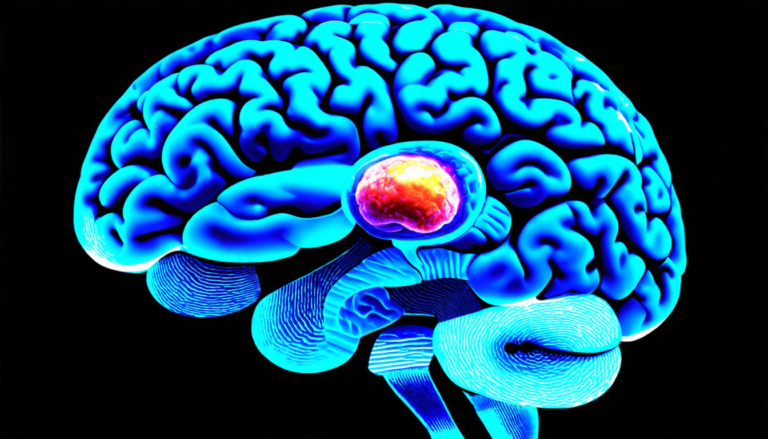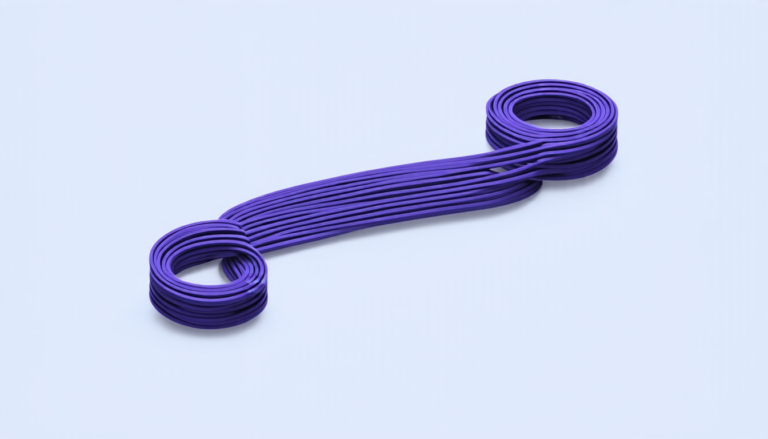Monday 26 May 2025
Researchers have made a significant breakthrough in the field of computer vision, developing a new method for reconstructing high-dynamic-range (HDR) scenes from casually captured videos. This achievement has far-reaching implications for various applications, including filmmaking, virtual reality, and even robotics.
The team’s approach, dubbed CasualHDRSplat, leverages the power of Gaussian splatting to accurately model the complex relationships between light, color, and depth in HDR scenes. By combining this technique with a novel imaging model that takes into account the camera’s auto-exposure settings, the researchers have been able to reconstruct stunningly realistic 3D scenes from videos captured with everyday cameras.
One of the key challenges in reconstructing HDR scenes is dealing with the varying exposure times and motion blur present in casual video captures. Traditional methods often require capturing multiple sharp images at different exposure settings, which can be impractical and time-consuming. CasualHDRSplat sidesteps this issue by using a single video stream as input, allowing for more flexible and efficient data acquisition.
The technique’s core innovation lies in its ability to jointly optimize exposure time, camera response function, camera poses, and the 3D HDR scene itself. By doing so, it can effectively handle severe motion blur and varying unknown exposure times, producing high-quality results even from challenging input footage.
CasualHDRSplat has been extensively tested on a range of datasets, including those with complex lighting scenarios and dynamic scenes. The results are nothing short of impressive, with the reconstructed 3D HDR scenes exhibiting remarkable detail, texture, and color accuracy. The technique’s flexibility is also noteworthy, allowing it to handle a wide range of camera movements and exposure settings.
The potential applications of CasualHDRSplat are vast and varied. In filmmaking, it could enable the creation of more realistic and immersive cinematic experiences. In virtual reality, it could facilitate the development of more sophisticated and engaging environments. Even in robotics, it could aid in the design of more accurate and efficient navigation systems.
As researchers continue to refine CasualHDRSplat and explore its possibilities, we can expect to see a surge in innovative applications across various fields. With its ability to reconstruct stunningly realistic 3D HDR scenes from casually captured videos, this technique is poised to revolutionize the way we perceive and interact with digital environments.
Cite this article: “Reconstructing Realistic 3D HDR Scenes from Casual Videos with CasualHDRSplat”, The Science Archive, 2025.
Computer Vision, High-Dynamic-Range, Video Reconstruction, Gaussian Splatting, Imaging Model, Auto-Exposure Settings, Casual Capture, Robotics, Virtual Reality, Filmmaking







